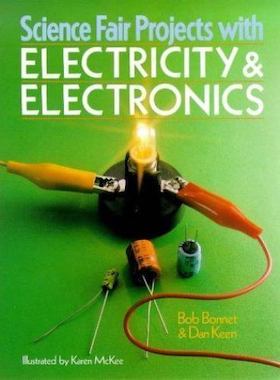
-----
Electrolyzing of water into hydrogen and oxygen
Hello,
Please I wonder how can we separate water components into hydrogen and oxygen.
Thanks,
Abraham H. [last name deleted for privacy by Editor]univ. student - Amman, Jordan
2003
I suggest to use very, very. very, very, very small tweezers to separate the atoms. (grin)
George Gorecki- Naperville, Illinois
2003
|
Try electrolysis.  James Totter, CEF - Tallahassee, Florida 2003 You need a source of dc electricity, such as a car battery, a set of inert electrodes, such as copper. Connect a piece of copper to each terminal on the battery and put their other ends into the water. Gas will come off the ends of the both copper wires. The anode (+ve pole) produces oxygen and the cathode (-ve pole) hydrogen. Do not let the two loose ends of the wires ever touch each other!  Trevor Crichton R&D practical scientist Chesham, Bucks, UK 2003 |
Hi, Cousin Abraham.
Trevor's advice is fine, but the water must conduct electricity fairly well to allow the electrolysis current to flow at a good rate. Adding salt to the water is one way to do that, but to avoid concern about the possible generation of chlorine gas, it is best to use a salt which is not chlorine based. Sodium sulphate is fine, epsom salt [affil link] (magnesium sulphate is fine), a bit of vinegar ⇦in bulk on eBay or Amazon [affil link] would help too.
Please look up Faraday's Law of Electrolysis and you will find that there is a specific relationship between how much current flows and how much hydrogen and oxygen will be evolved. One "Faraday", i.e., 96485 ampere-seconds, will release one gram equivalent weight. Best of luck with the project.
Regards,

Ted Mooney, P.E.
Striving to live Aloha
finishing.com - Pine Beach, New Jersey
Ted can be retained for immediate
answers or long term project help
March 6, 2011
Q, A, or Comment on THIS thread -or- Start a NEW Thread
